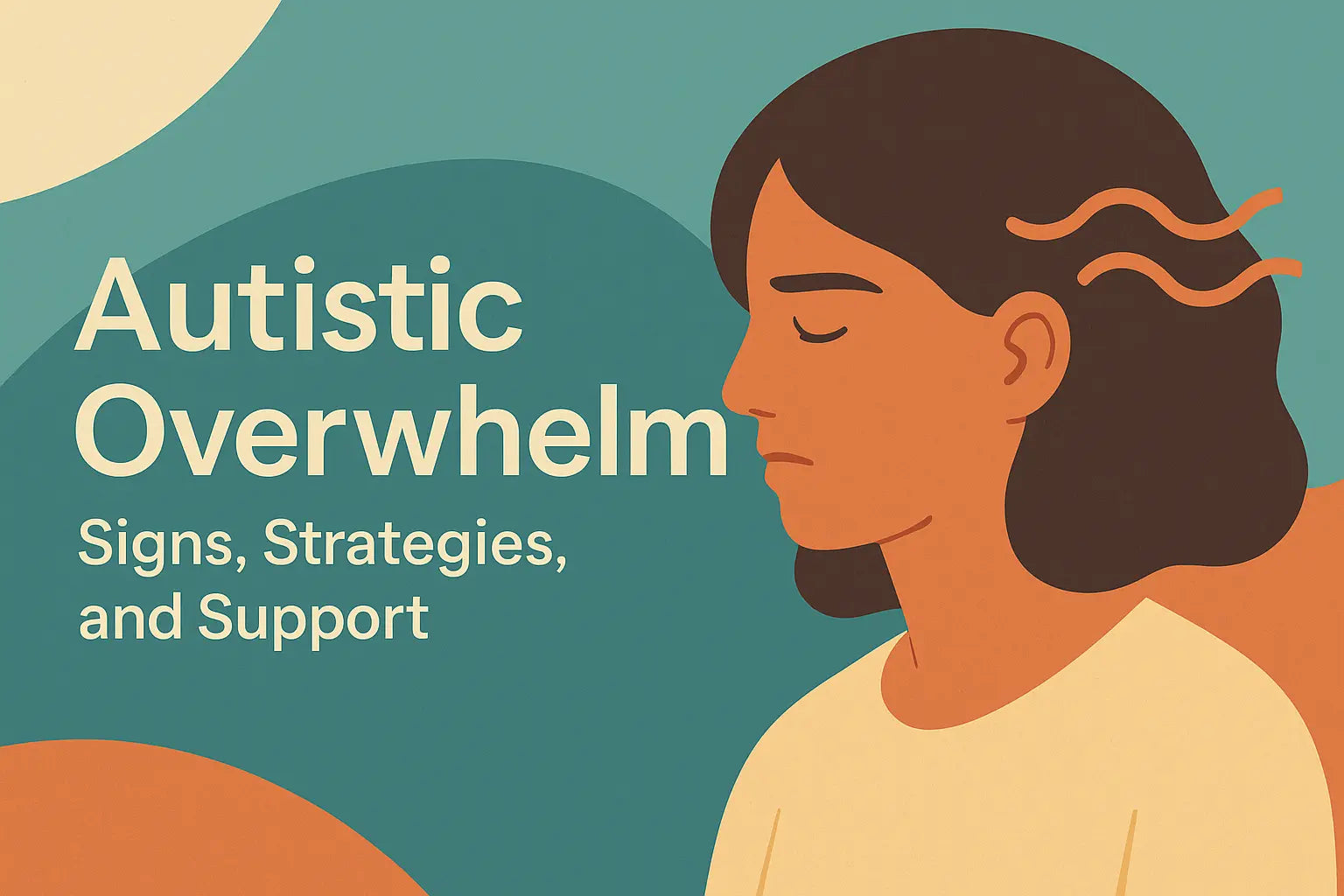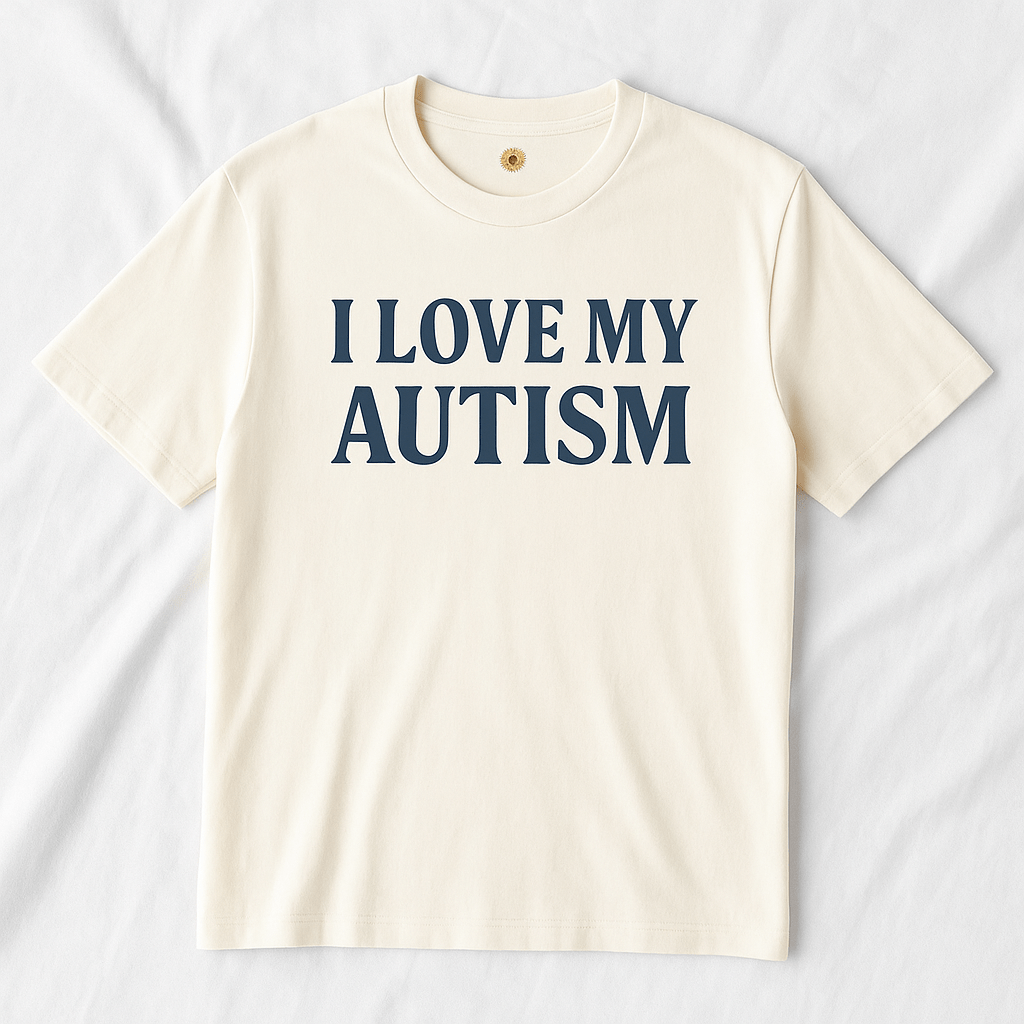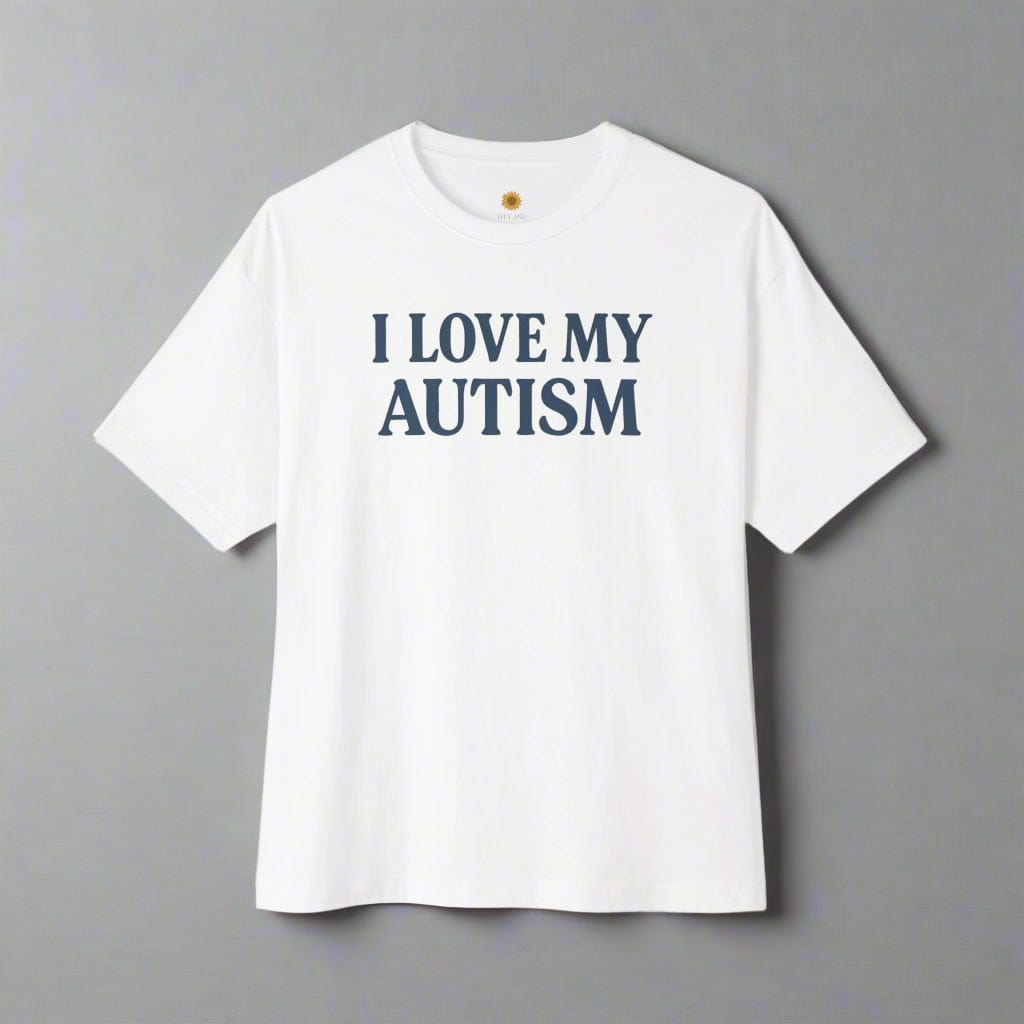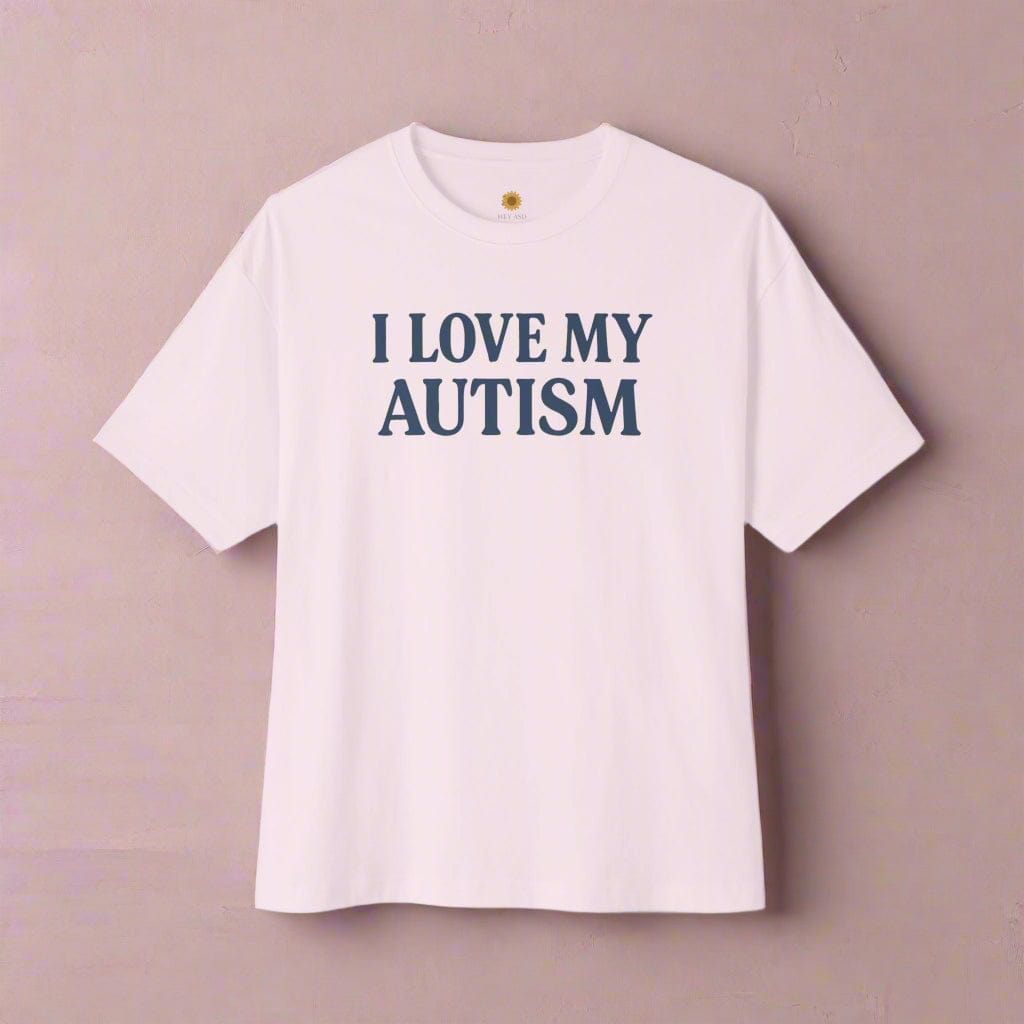Autistic Overwhelm: How to Recognize, Prevent & Recover from Sensory and Emotional Overload

Written by the HeyASD Editorial Team
Overwhelm is a shared experience in the autistic community—one that deserves understanding, not shame. This guide was created by and for autistic adults to provide compassionate, evidence-based support for those navigating sensory overload, emotional intensity, cognitive exhaustion, or burnout.
Autistic overwhelm occurs when sensory input, emotional stimuli, or cognitive demands exceed an autistic person’s processing capacity, leading to meltdowns, shutdowns, or chronic exhaustion. This neurological response affects 70-90% of autistic individuals regularly, significantly impacting daily life, relationships, and overall mental health. In their daily lives, autistic individuals often face persistent stress and sensory overload as part of their routine activities and environment.
Unlike typical stress responses, autistic overwhelm represents a fundamental difference in how autistic people process the world around them. When overwhelming stimuli build up beyond their tolerance threshold, autistic individuals may lose control of their emotional and behavioral responses, experience intense emotions and feelings such as anxiety or frustration, experience physical symptoms, or become completely overwhelmed to the point of shutdown.
This comprehensive guide covers the essential knowledge both autistic individuals and their support networks need: types of overwhelm, early warning signs, evidence-based management strategies, and practical support techniques. It also highlights the importance of understanding and supporting the emotional feelings associated with overwhelm. Whether you’re an autistic person seeking better self advocacy tools, a family member wanting to provide mental health support, or a professional creating inclusive environments, you’ll find actionable strategies to prevent overwhelm episodes and support recovery when they occur.
Understanding autistic overwhelm isn’t just about crisis management—it’s about recognizing autistic traits as neurological differences that require accommodation, not correction.
Understanding Autistic Overwhelm: Key Concepts and Definitions
Core Definitions
Autistic overwhelm represents a distinct neurological response where an autistic person’s sensory, emotional, or cognitive processing systems become overloaded beyond their capacity to regulate effectively. This differs fundamentally from typical stress responses because autistic brains process sensory experiences and social interactions differently, with reduced tolerance for multiple stimuli.
Key related terms include:
-
Sensory overload: When environmental stimuli (sounds, lights, textures, people talking) exceed processing capacity
-
Emotional overwhelm: Difficulty processing and regulating emotions, often triggered by unexpected changes or social demands
-
Cognitive overload: Executive function breakdown when mental demands surpass available mental resources
-
Autistic burnout: Chronic exhaustion resulting from prolonged overwhelm, masking, and lack of recovery time
Critical understanding: Overwhelm is neurological, not behavioral or attention-seeking. It represents the autistic person’s nervous system responding to genuine overload, requiring validation and support rather than correction.
Autistic Overwhelm vs Meltdowns vs Shutdowns vs Burnout
Autistic overwhelm connects directly to three primary responses: autistic meltdowns, shutdowns, and burnout. An autistic meltdown is a reaction to sensory overload or stress, often misunderstood by those unfamiliar with autism. Shutdowns can be a coping mechanism experienced by many Autistic individuals to prevent meltdowns and safeguard their mental health.
Autistic meltdowns occur when overwhelm triggers an external emotional explosion—crying, shouting, or physical agitation as the person’s regulatory systems fail. These meltdowns can be expressed verbally through shouting or crying, or physically through behaviors like kicking or flapping. Certain sensations or emotions are often felt before, during, or after an autistic meltdown, and recognizing these felt experiences can be important signals for managing or predicting future episodes. Shutdowns represent the opposite response, where the person withdraws completely, becoming non-responsive or immobilized as a protective mechanism.
Autistic burnout develops when repeated overwhelm episodes, combined with constant masking and insufficient recovery time, lead to physical and mental fatigue lasting weeks or months. Autistic burnout typically lasts longer than regular burnout, often persisting for weeks, months, or even years. This often involves losing previously developed skills and requiring extended periods in safe spaces to recover.
The relationship between sensory processing differences and overwhelm susceptibility means autistic people experience heightened stress from stimuli that non autistic individuals easily filter out. Masking behaviors—suppressing autistic traits to appear neurotypical—compound this exhaustion, making overwhelm episodes more frequent and severe. Chronic exhaustion, loss of skills, and reduced tolerance to stimuli are primary features of autistic burnout according to a 2020 study.
Why Understanding Autistic Overwhelm is Critical for Neurodiversity Support
Research demonstrates that 40% of autistic adults experience daily overwhelm episodes, with profound impact on their ability to participate in education, employment, and community life. These episodes can have a significant impact on multiple aspects of autistic individuals' lives, affecting not only their participation but also their overall well-being. The National Autistic Society reports unemployment rates among autistic adults remain 85% higher than neurotypical populations, largely due to overwhelming work environments lacking appropriate accommodations.
Mental health statistics reveal the critical nature of this issue: anxiety disorders affect 84% of autistic individuals, often directly connected to chronic overwhelm and inadequate support. Without proper understanding, overwhelm episodes frequently escalate to mental health crisis situations, including increased rates of suicidal ideation among autistic people who feel constantly misunderstood.
The connection between overwhelm and overall well being extends beyond individual suffering. Overwhelm can negatively affect physical health, as well as emotional and social well-being. Autistic children experiencing frequent overwhelm in school settings show decreased academic performance, increased behavioral challenges, and higher dropout rates. In workplace environments, unrecognized overwhelm leads to decreased productivity, increased sick leave, and higher turnover among autistic employees.
Creating inclusive environments that prevent overwhelm rather than responding only to crisis situations represents a fundamental shift toward supporting autistic people’s authentic participation in society. This understanding benefits entire communities by reducing emergency interventions, improving mental health outcomes, and enabling autistic individuals to contribute their unique strengths when appropriately supported.
Types of Autistic Overwhelm Comparison Table
The below table summarises the types of autistic overwhelm, comparing triggers, physical symptoms, duration, and recovery strategies:
|
Type |
Primary Triggers |
Physical Symptoms |
Duration |
Recovery Strategies |
|---|---|---|---|---|
|
Sensory Overload |
Loud noises, bright lights, crowds, unexpected textures |
Headaches, nausea, muscle tension, heightened stress responses |
Minutes to hours |
Quiet spaces, sensory tools, reducing overwhelming stimuli |
|
Emotional Overwhelm |
Social conflicts, unexpected changes, emotional stimuli from others |
Rapid heartbeat, emotional dysregulation, physical pain in chest/stomach |
Hours to days |
Deep breathing, emotional validation, spending time in safe environment |
|
Cognitive Overload |
Complex tasks, executive function demands, multitasking requirements |
Mental fog, difficulty concentrating, chronic exhaustion |
Days to weeks |
Breaking tasks down, routine structures, reducing cognitive demands |
|
Social Overwhelm |
Group interactions, masking requirements, navigating unwritten social rules |
Emotional exhaustion, increased sensitivity, withdrawal behaviors |
Hours to days |
Social breaks, authentic communication, supportive social interactions |
These types often compound and overlap, creating cascading effects where one type of overwhelm triggers others. In addition to the primary triggers listed, other factors such as physical health, environmental changes, or past experiences may also contribute to or exacerbate overwhelm. Understanding which type primarily affects each autistic person enables more targeted support and prevention strategies.
Understanding Autistic Burnout
Autistic burnout is a profound state of physical and mental fatigue that many autistic individuals experience after prolonged periods of stress, sensory overload, and unmet support needs. Unlike typical burnout, which is often linked to work or specific life events, autistic burnout arises from the constant effort to navigate environments and expectations that do not accommodate autistic traits.
This condition is marked by pervasive exhaustion that goes beyond feeling tired—it can involve a noticeable loss of skills, difficulty with daily tasks, and a dramatically reduced tolerance to sensory input and social interactions. Autistic burnout can significantly impact daily life, making it challenging to manage basic routines, maintain relationships, or participate in work and community activities.
Step-by-Step Guide to Managing Autistic Overwhelm
Step 1: Recognize Early Warning Signs
Physical indicators appear first in most overwhelm episodes:
-
Increased heart rate and muscle tension
-
Headaches, stomach discomfort, or other physical pain
-
Heightened sensitivity to sensory triggers
-
Fatigue or feeling “on edge” without clear cause
-
Physical signs of an Autistic shutdown can include fatigue, reduced motor coordination, and a decrease in verbal communication
Emotional and behavioral changes follow quickly:
-
Increased irritability or anxiety
-
Difficulty regulating emotions or feeling emotions more intensely
-
Enhanced stimming behaviors or seeking sensory input
-
Social withdrawal or difficulty with social interactions
Cognitive warning signs indicate executive function strain:
-
Trouble concentrating or following conversations
-
Difficulty making decisions or processing information
-
Feeling scattered or mentally “foggy”
-
Struggling with transitions or unexpected changes
Create a personal warning signs checklist by tracking your specific patterns during calm periods. Each autistic person experiences unique early signs, making self-awareness crucial for prevention.
Step 2: Implement Immediate Coping Strategies
Sensory regulation techniques provide immediate relief:
-
Use noise-canceling headphones or earplugs to reduce auditory overwhelm
-
Seek quiet spaces away from people talking and environmental stimuli
-
Apply weighted blankets or compression garments for calming deep pressure
-
Employ fidget tools or stimming behaviors that help regulate emotions
Breathing and grounding exercises help manage heightened stress:
-
Practice deep breathing: 4 counts in, hold for 4, exhale for 6
-
Use the 5-4-3-2-1 grounding technique: identify 5 things you see, 4 you feel, 3 you hear, 2 you smell, 1 you taste
-
Focus on positive emotions or calming memories when possible
Environmental modifications reduce overwhelming stimuli:
-
Dim bright lights or move to spaces with natural lighting
-
Minimize visual clutter and distracting elements
-
Create physical barriers between yourself and potential triggers
-
Request accommodations or communicate your needs to others
Communication strategies ensure you receive appropriate support:
-
Effectively communicate your needs and boundaries during overwhelm; let others know what support you require
-
Develop simple phrases to request space: “I need a few minutes”
-
Use written communication if verbal becomes difficult
-
Create contingency plans for situations when you are unable to effectively communicate, such as pre-arranged signals or written cards
-
Alert trusted people about your overwhelm without requiring explanation
Step 3: Develop Long-term Prevention Plans
Create comprehensive sensory diet plans tailored to your specific needs:
-
Identify which sensory experiences calm versus overwhelm you
-
Schedule regular sensory breaks throughout daily life
-
Establish consistent routines that provide predictability
-
Plan environmental accommodations for work, school, and home settings
Build robust support networks that understand your autistic experience:
-
Educate family, friends, and colleagues about your specific triggers and needs
-
Establish communication systems for when overwhelm makes speaking difficult
-
Connect with the autistic community for mutual support and understanding
-
Seek or create a safe space within your peer or support networks where you can openly share challenges, seek advice, and feel a sense of belonging
-
Identify professional mental health support options when needed
Track patterns using overwhelm logs to identify personal triggers:
-
Record time, location, potential triggers, and severity of episodes
-
Note which coping strategies prove most effective
-
Identify environmental factors that worsen or improve your situation
-
Monitor recovery time and what supports faster healing
Establish transition supports for life changes:
-
Plan extra support during stressful periods
-
Communicate your needs in advance of known challenging situations
-
Create backup plans for when primary coping strategies aren’t accessible
-
Regular exercise and self care routines that support overall mental health
Common Mistakes to Avoid When Dealing with Autistic Overwhelm
Mistake 1: Ignoring early warning signs and “pushing through” until meltdown occurs
Many autistic people learn to mask their distress, continuing activities until overwhelm becomes a mental health crisis. This approach often makes the situation worse and extends recovery time significantly.
Mistake 2: Using punishment or shame-based responses during overwhelm episodes
Treating overwhelm as behavioral problems rather than neurological responses creates additional trauma and emotional overwhelm. Validation and support prove far more effective than attempting to “correct” overwhelm responses.
Mistake 3: Assuming all autistic people have identical triggers and coping needs
Autistic traits vary significantly between individuals. What helps one autistic person may completely overwhelm another. Personalized approaches based on individual sensory experiences and preferences are essential.
Mistake 4: Focusing only on “fixing” behaviors instead of addressing underlying causes
Attempting to eliminate meltdowns or shutdowns without addressing environmental triggers and lack of accommodations fails to provide meaningful support. Prevention through environmental modification proves more effective than crisis management.
Tip: Validate the overwhelm experience by acknowledging its reality and impact, while collaboratively developing practical strategies that honor the person’s own needs and preferences. This builds trust and encourages the autistic person to seek advice and support before reaching crisis points.
Sarah's Journey with Autistic Overwhelm
Sarah’s journey reminds us that it’s not about being more resilient — it’s about being better supported. Once she began working with, not against, her sensory needs, everything changed.
“Once I understood my needs weren’t too much — they were just mine — everything shifted.”
Starting situation: Sarah, an autistic adult, experienced daily overwhelm episodes in her open office environment. Constant noise from people talking, fluorescent lighting, and lack of quiet spaces for breaks led to regular autistic meltdowns. Her mental health deteriorated as she spent increasing energy masking her distress, leading to autistic burnout and considering leaving her job.
Steps taken:
-
Sensory assessment: Sarah worked with an occupational therapist to identify specific sensory triggers and calming inputs
-
Workplace accommodations: Her employer provided noise-canceling headphones, a desk in a quieter area, and flexible break schedules
-
Coping strategy development: Sarah learned to recognize warning signs and implement immediate regulation techniques
-
Support network building: She educated close colleagues about her needs and established communication methods for difficult periods
Final results:
-
75% reduction in overwhelm episodes over six months
-
Improved job performance as cognitive resources shifted from managing overwhelm to productive work
-
Better overall mental health and significantly reduced anxiety levels
-
Increased self advocacy skills and confidence in requesting support
|
Before |
After |
|---|---|
|
Daily meltdowns requiring recovery time |
1-2 mild episodes per month |
|
Constant stress and physical symptoms |
Manageable stress with effective coping tools |
|
Avoided seeking support due to shame |
Proactively communicated needs and boundaries |
|
Considering job change due to overwhelm |
Successful long-term employment with accommodations |
This transformation demonstrates how environmental modifications combined with self-understanding can dramatically improve an autistic person’s daily life experience and overall well being.
FAQs about Autistic Overwhelm
How do I tell the difference between overwhelm and typical stress? Autistic overwhelm typically involves sensory overload, comes on more suddenly, and includes specific physical symptoms like heightened sensitivity or need for stimming. Recovery time is longer, and typical stress management techniques often prove less effective. The person may lose abilities they normally have, like effectively communicating or regulating emotions.
Can autistic overwhelm be prevented completely? While complete prevention isn’t realistic, frequency and severity can be dramatically reduced through environmental accommodations, recognizing early signs, and developing personalized coping strategies. The goal is making overwhelm manageable rather than eliminating it entirely.
What should I do if someone is experiencing overwhelm in public? Remain calm, reduce stimuli around them if possible, and offer simple choices rather than complex instructions. Don’t touch them without permission, avoid demanding eye contact, and provide reassurance that they’re safe. Help them access a quiet space when they’re ready.
How long does it typically take to recover from an overwhelm episode? Recovery time varies significantly based on severity and individual factors. Mild episodes may require 20-30 minutes in a safe environment, while severe overwhelm or autistic meltdowns might need several hours or even days for full recovery. Autistic burnout can require weeks or months.
Are there medications that help with autistic overwhelm? While no medications specifically target overwhelm, some autistic people find anxiety medications or sensory processing supports helpful. However, environmental accommodations and coping strategies typically provide more direct relief. Consult healthcare providers familiar with autism for individualized guidance.
How can schools better support autistic children experiencing overwhelm? Schools can provide sensory breaks, quiet spaces for regulation, flexible deadlines during overwhelm periods, and staff training on recognizing warning signs. Communication with families about effective strategies and avoiding punishment for overwhelm responses proves essential.
Join Hundreds of Autistic Adults Feeling
More Comfort in Their Own Skin
Use code WELCOME10 for 10% off your first order.
Start Your Comfort JourneySummary & Conclusion: You’re Not Broken, The World Just Wasn’t Built With Us in Mind
Autistic overwhelm isn’t a flaw to fix — it’s a neurological response to environments that exceed our capacity to process. Managing it isn’t about becoming more resilient — it’s about having the right support, space, and strategies to navigate the world on our terms.
Here are five truths that can guide a more compassionate and effective approach:
- Recognition: Overwhelm is a real, neurological experience — not overreacting, not attention-seeking.
- Validation: Sensory needs, shutdowns, and emotional intensity deserve understanding, not shame.
- Prevention: Calmer environments and predictable routines are often more effective than reactive crisis plans.
- Accommodation: No two autistic people experience overwhelm the same way. Individualized strategies matter.
- Support: Trusted networks — whether personal, professional, or community-based — make recovery and regulation possible.
Overwhelm may always be part of the picture, but it doesn’t have to define it. With proper understanding and accommodations, it becomes something we can prepare for, ride through, and recover from.
Next Steps
If you're autistic and looking for support:
- Start a personal overwhelm plan — even a simple list of your signs, triggers, and calming tools.
- Reach out to autistic-led communities where it's safe to share, learn, and unmask.
- Work with professionals who understand autism and can help you create tailored strategies.
If you're supporting someone autistic:
- Believe them the first time. Listen more than you speak.
- Focus on modifying the environment rather than controlling the response.
- Ask what helps — and respect the answer, even if it’s silence, space, or time.
Creating a world where overwhelm is understood — not punished — is not just compassionate. It’s essential.
Because when autistic people are supported, not corrected, we can access the calm, clarity, and comfort we were never meant to live without.



















